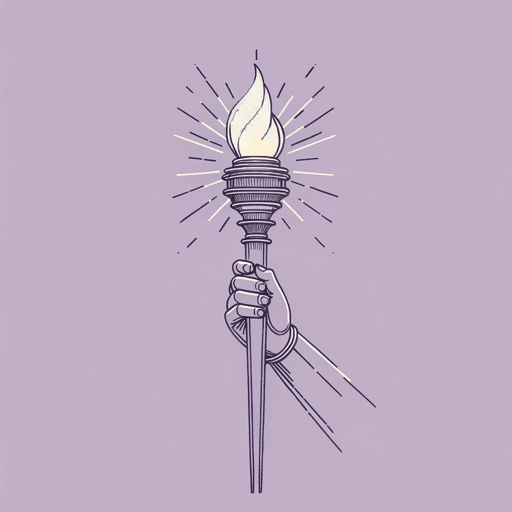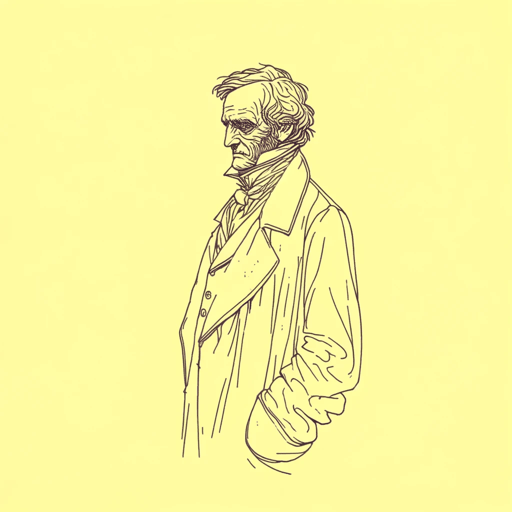29 pages • 58 minutes read
Edgar Allan PoeLigeia
Fiction | Short Story | Adult | Published in 1838A modern alternative to SparkNotes and CliffsNotes, SuperSummary offers high-quality Study Guides with detailed chapter summaries and analysis of major themes, characters, and more.
Literary Devices
Foreshadowing
Foreshadowing, a literary technique wielded by authors to hint at forthcoming events within a narrative, serves as a crucial element in Edgar Allan Poe’s “Ligeia.” Within the story, Poe artfully deploys foreshadowing to provide subtle glimpses into the narrative’s central themes of death and obsession. Through foreshadowing, Poe engages the reader’s sense of anticipation, drawing them deeper into the narrative's ominous undertones. These carefully planted hints serve as harbingers of the chilling events to come, enriching the story’s themes and immersing readers in its haunting atmosphere.
One striking instance of foreshadowing emerges as Ligeia, on her deathbed, recites a poem centered on the idea of the human will’s power to triumph over death itself. This moment foreshadows the narrator’s own growing fixation on this very notion, setting the stage for his descent into the abyss of obsession.
Additionally, the symbol of opium in the narrative functions as a form of foreshadowing. Its presence, woven throughout the story, subtly hints at the narrator’s impending descent into “madness.” These moments of foreshadowing, scattered strategically throughout the narrative, work in tandem to create an atmosphere of anticipation and contribute significantly to the overarching sense of foreboding that pervades the story.
Related Titles
By Edgar Allan Poe

A Dream Within a Dream
Edgar Allan Poe

Annabel Lee
Edgar Allan Poe

Berenice
Edgar Allan Poe

Hop-Frog
Edgar Allan Poe

Tamerlane
Edgar Allan Poe

The Black Cat
Edgar Allan Poe

The Cask of Amontillado
Edgar Allan Poe

The Conqueror Worm
Edgar Allan Poe

The Facts in the Case of M. Valdemar
Edgar Allan Poe

The Fall of the House of Usher
Edgar Allan Poe

The Gold Bug
Edgar Allan Poe

The Haunted Palace
Edgar Allan Poe

The Imp of the Perverse
Edgar Allan Poe

The Lake
Edgar Allan Poe

The Man of the Crowd
Edgar Allan Poe

The Masque of the Red Death
Edgar Allan Poe

The Murders in the Rue Morgue
Edgar Allan Poe

The Narrative of Arthur Gordon Pym of Nantucket
Edgar Allan Poe

The Oval Portrait
Edgar Allan Poe

The Philosophy of Composition
Edgar Allan Poe

